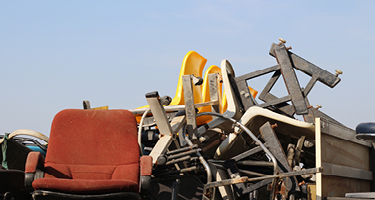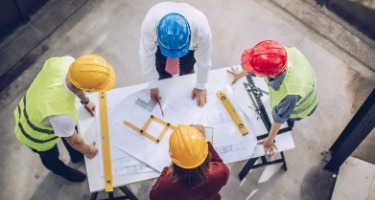Today’s developers face increasing market pressure and community expectations to build green. As the U.S. Green Building Council (the developer of the LEED green building rating system) likes to say, “If you’re not building green, you’re building obsolete.” Nevertheless, the inherent risks of building green are substantial and cannot be overlooked. Building green requires taking risks. Building green requires the use of new, innovative products and system designs to meet the ever increasing efficiency demands of LEED (Leadership in Energy and Environmental Design), Green Globes, Energy Star and other green certification agencies. Innovative products are more susceptible to failure, and more likely to produce unintended consequences. Tighter, more energy efficient structures are more prone to mold and mildew problems resulting from the lack of outside airflow into such structures (i.e., “drafts and air leaks”), which actually help keep the air fresh and clean in older style construction. Additionally, green design mechanical systems are more prone to failure and have higher maintenance costs. Operator error is also a common problem with green design projects. Promised utility savings may fail to materialize unless the building engineers are able to optimize the green system functions and keep them tuned for optimal performance. This problem is further exacerbated by the requirement of many green certification agencies that tenants be given maximal ability to control the climate in their individual spaces, including lighting controls and temperature controls. More significantly, a developer who contracts to deliver a green building and then fails to achieve the promised level of green certification may face uninsured liability to the project owners. Failure to achieve green building certification may result in the owner’s loss of tax credits and similar incentive payments, or the loss of key tenants whose leases were conditioned on the project reaching a prescribed level of certification. These risks are not covered by general liability insurance or builder’s risk, and are often not addressed or allocated in the project documents. In the Maryland case of Shaw Development vs. Southern Builders, Inc., the failure of the subject property, a residential condominium project, to achieve the requisite LEED Silver certification, resulted in the owner’s loss of a $635,000 state tax credit. The AIA contract documents referenced the LEED Requirements, but did not allocate the risk of loss. The developer’s insurance carrier declined to provide coverage because the loss was “contractual in nature.” The parties eventually settled out of court. Many green certification agencies now require post-Certificate of Occupancy compliance checks as a condition of maintaining green certification, raising the issue of ongoing developer liability (uninsured liability) for as much as 5 years after the completion of construction. Developers constructing buildings for governmental entities which have adopted green standards as a part of their building codes face an even greater risk. The developer’s failure to construct in compliance with “all applicable zoning codes and local, state and federal laws and regulations” (i.e., failure to achieve the statutorily required level of green certification) could constitute “negligence per se” and trigger significant damages liability on the part of the developer.
Risk mitigation in the event of a failure to meet the contractually required level of green certification may include attempting to certify the project under an alternative rating system. For example, it might be possible to mitigate a project’s failure to achieve LEED certification by having the project certified with an Energy Star rating or a Green Globes certification post completion.
The preferred resolution to these thorny green issues is better contract drafting upfront. The contractual allocation of risk for failure to achieve the desired green certification is key. This could include liquidated damages in the event the failure to achieve the requisite level of certification was the developer’s negligent record keeping (a common problem with LEED projects), and a safety clause if the failure results from the use of innovative products, materials or design systems which fail to perform as anticipated through no fault of the development team.
Green building is here to stay. Societal and governmental demands for more energy efficient structures are only going to increase over time. Many tenants are demanding green certifications as a condition of occupancy, including post completion certifications as a condition to the renewal of leases. Green certified projects generally achieve higher market rents resulting in higher market values for owners. The parties to a green development project need to carefully consider the risks involved, and attempt to forge contract documents which clearly define each party’s responsibility for the results to be achieved, and which equitably allocate the risks involved for failure to do so. Originally published in the Colorado Real Estate Journal.































